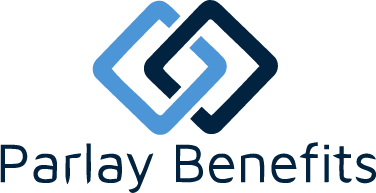An HRA is a tax-advantaged benefit arrangement for people enrolled in a high-deductible health plan (HDHP). You can make pre-tax contributions each payday in order to pay for IRS-approved eligible expenses for yourself and your dependents.
Do employees have to have health insurance to participate in the health reimbursement arrangement (HRA)?
It depends on the HRA. Some employers offer HRAs to complement a high-deductible health plan (HDHP), but they can also be offered as a stand-alone benefit. These stand-alone HRAs have different rules regarding health insurance requirements. The individual coverage HRA (ICHRA) requires employees to have individual health insurance, for example, while employees participating in the qualified small employer HRA (QSEHRA) can participate without health insurance, but can only receive reimbursements tax-free if they have a plan providing minimal essential coverage. Other HRAs, including the one-person stand-alone HRA, the retiree HRA, and the excepted benefit HRA, don’t require employees to have health insurance to participate. To learn more on the specifics of each HRA, check out “How does an HRA work?”
Who owns the HRA?
According to IRS rules, the employer owns the HRA. However, employees are entitled to a 90-day runout period (or a time-period determined by the employer) after they leave the company during which they can catch up on reimbursement requests incurred during their employment.
Who can put money in my HRA?
According to IRS rules, HRAs are fully owned and funded by the employer.
Does the HRA rollover?
This depends on the type of HRA being used and decisions made by the employer. Generally, monthly rollover is automatic and annual rollover is permitted based on the employer’s decision. However, with HRAs that have maximum allowance caps (like the QSEHRA), additional rules apply. With the QSEHRA, the total reimbursed during the calendar year can’t exceed federal maximum caps. That means the total amount made available to the employee plus the employee’s rollover amount from the previous year can’t exceed the annual maximum for the year.
What is an eligible health care expense for an HRA?
Eligible expenses under an HRA plan are defined in IRS Publication 502. They include health insurance premiums, health insurance deductibles, coinsurance and copays, and other medical expenses. Eligible expenses must be incurred by the employee and their family and must take place within the HRA plan year.
How much can be contributed to a health reimbursement arrangement?
The amount contributed to the HRA is up to the employer. For some HRAs, including the QSEHRA and the excepted benefit HRA, there are annual limits on contribution. For others, including the ICHRA, retiree HRA, and one-person stand-alone HRA, there are no contribution limits.
What is the maximum reimbursement amount from an HRA?
Employees can be reimbursed up to the full amount currently available through their HRA.
What happens to the money in my HRA if I leave my job or retire?
The unused money stays with the company when an employee leaves their job, retires, or is let go. However, there is usually a 90-day runout period (or a time-period determined by the employer) when employees can submit reimbursement requests for expenses incurred during employment.
Can employees use the money in their HRA to pay for their family’s medical expenses?
Yes. The money in an HRA can be used to pay for eligible medical expenses of any family member who qualifies as a dependent on the employee’s tax return. However, depending on the HRA, the dependent may need to be covered by health insurance (or individual health insurance, in the case of the ICHRA).
